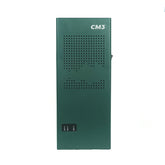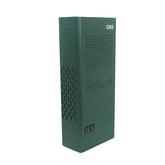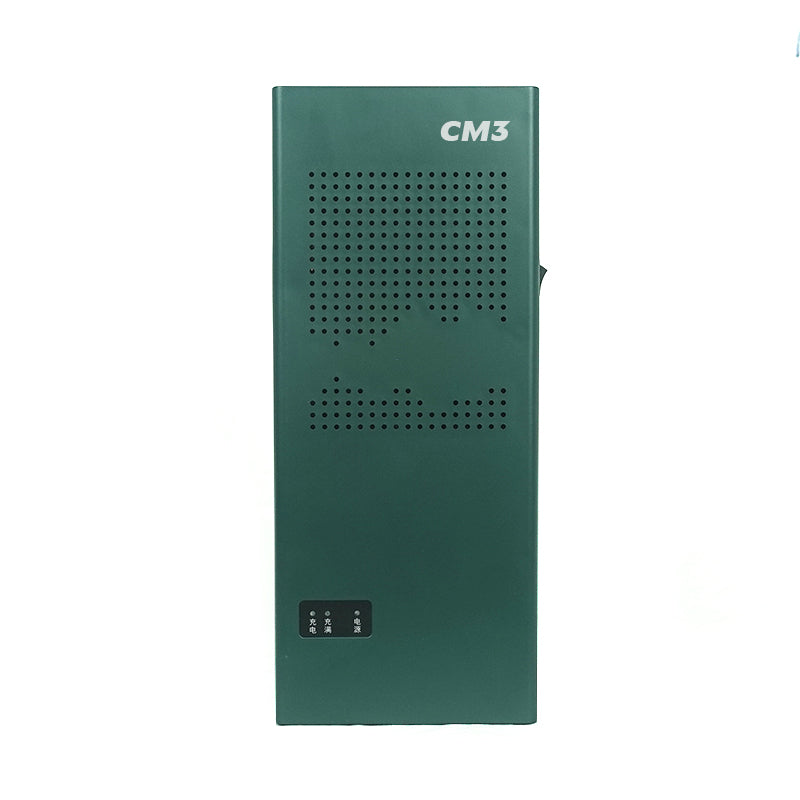Challenges Facing Signal Jammers in the 6G Era
With the rapid advancement of technology, the 6G era is drawing ever closer. 6G, the sixth generation of mobile communications technology, carries people's boundless expectations for faster, more stable, and smarter communications. Its peak transmission speed will reach 100Gbps–1Tbps, 10 to 100 times faster than 5G. This means downloading a high-definition movie could take as little as one second. Furthermore, 6G will enable all-encompassing communications across air, space, and ground, enabling seamless connectivity in remote oceans, vast deserts, and even high altitudes.
However, the advent of the 6G era presents unprecedented challenges for signal jammers. Primarily, this is the shift in communication frequency bands. 6G will upgrade from the 5G millimeter-wave band to the terahertz band, an electromagnetic wave band between infrared and microwaves capable of carrying terabyte-scale communications. Compared to previous communication frequency bands, the terahertz band features shorter wavelengths, higher frequencies, and wider bandwidths, making it difficult for traditional jammers to effectively block it. This is like an athlete accustomed to intercepting slow-moving balls, only to find it difficult to find the right approach when faced with a new, high-speed ball.
Changes in signal characteristics also pose a major challenge for jammers. In the 6G era, signals will not only transmit data but also possess the ability to sense the surrounding environment and human body information, such as accurately locating a person's position, detecting changes in posture, and even determining whether a person has fallen. These complex signal characteristics make it more difficult for jammers to identify and interfere with them. In the past, jammers only had to interfere with simple data transmission signals, but now they must deal with complex signals that integrate multiple functions, much like finding a target in a complex maze, significantly increasing the difficulty.
The widespread adoption of 6G also presents challenges for wifi jammers in terms of application scenarios. 6G-powered digital twin cities can map the operational status of all transportation and energy systems within a 500-kilometer radius in real time, with prediction accuracy increased to 99.7%. 6G-powered dynamic energy networks can achieve power dispatch within 0.01 seconds, potentially increasing renewable energy utilization to over 92%. In these highly intelligent, real-time scenarios, jammers must precisely block specific signals without disrupting normal system operation, placing even higher demands on their performance.














